The Palatine, one of the seven hills of Rome, with the Roman Forum lying in the valley directly to the north, the Capitol to the west and the Circus Maximus to the south, formed the centre of ancient Rome. With the ascendancy of the Roman state as the dominant power in the Mediterranean region, the residence of the Roman emperors became the epicentre of power in the ancient world. Beginning with Augustus, the Palatine was transformed from an aristocratic residential district into a sprawling palace complex. The name of the hill became synonymous with the imperial residence and with architecture of power in general.
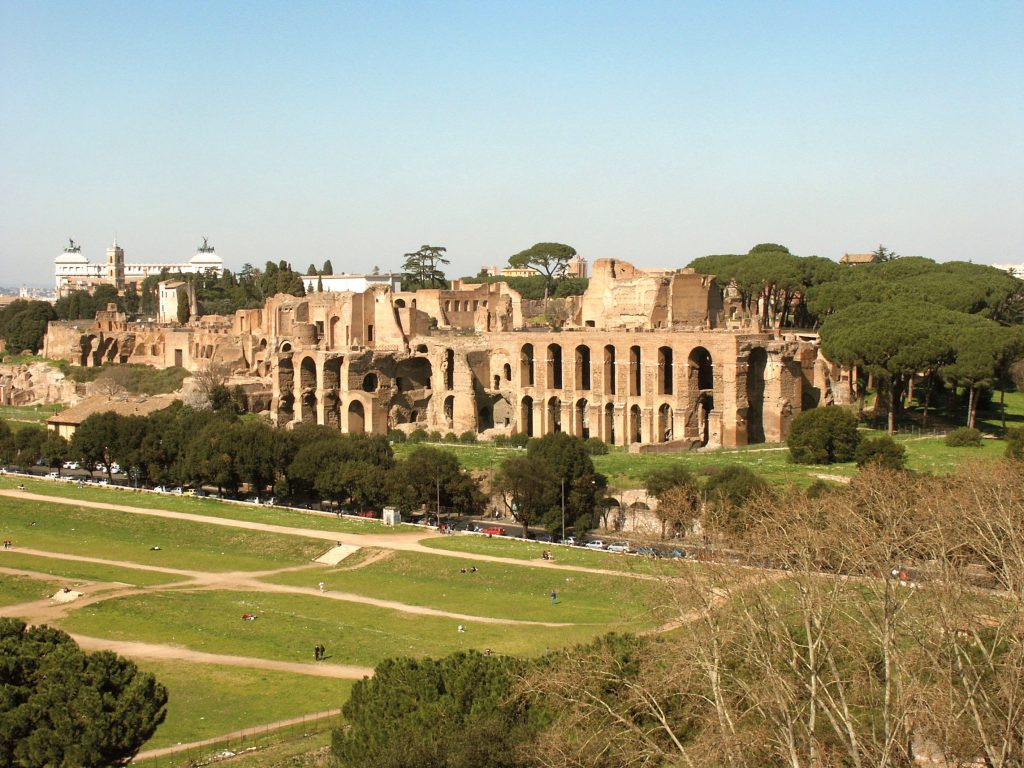
Since 1998, the imperial palaces on the Palatine have been the subject of joint investigations by the DAI, the Brandenburg Technical University (BTU) and the Soprintendenza Speciale per il Colosseo e l’Area archeologica centrale di Roma. Comprehensive documentation of architectural remains employs multiple measurement methods, incl. tachymetry, photogrammetry, laser scanning and measuring by hand. 3D models have been produced to illustrate the various construction phases for non-specialists.
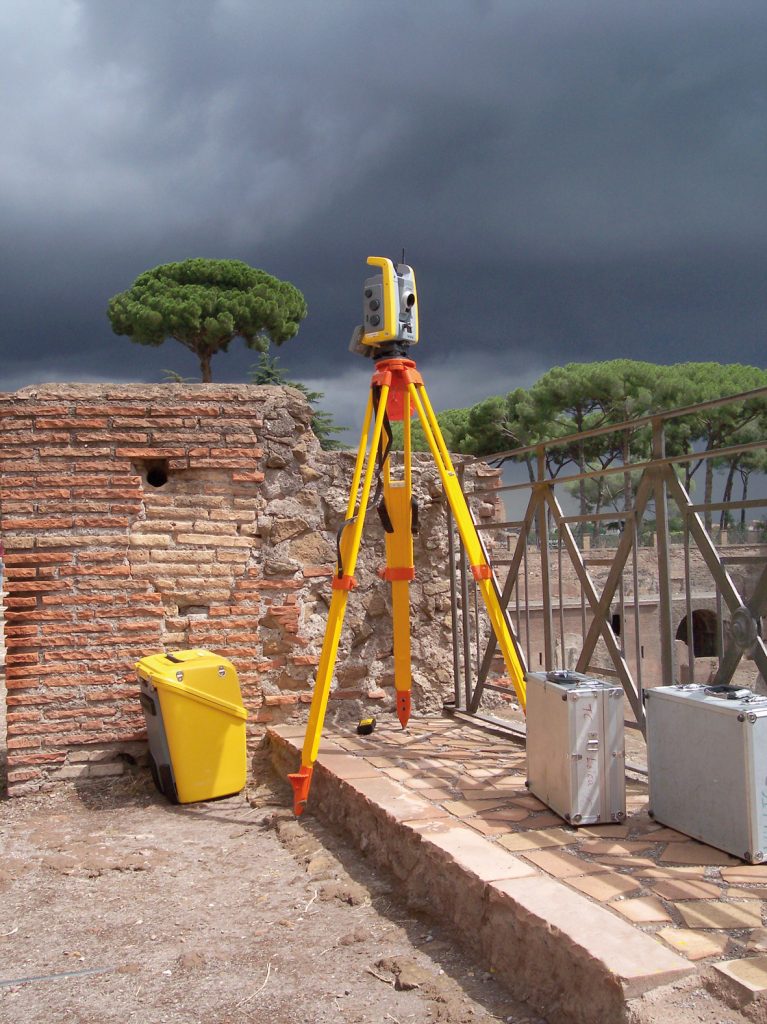
A tachymeter is used to survey the ruins (Photo: DAI) 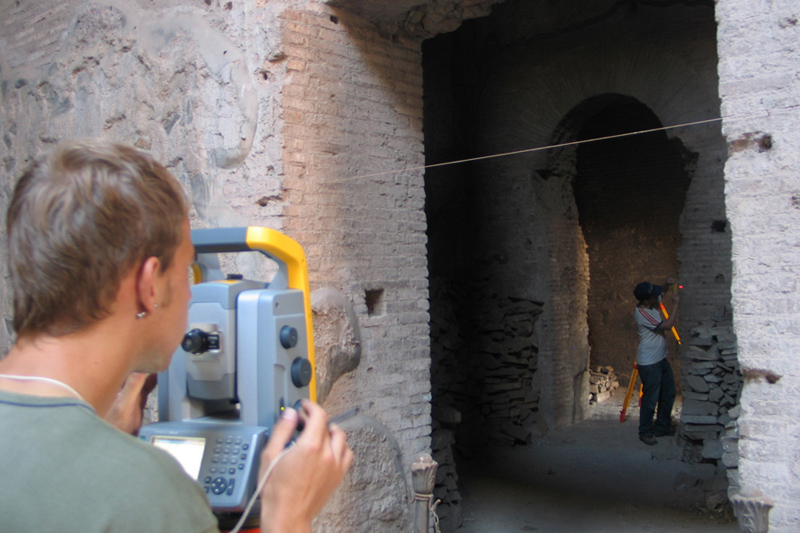
Survey work on the Palatine (Photo: DAI) 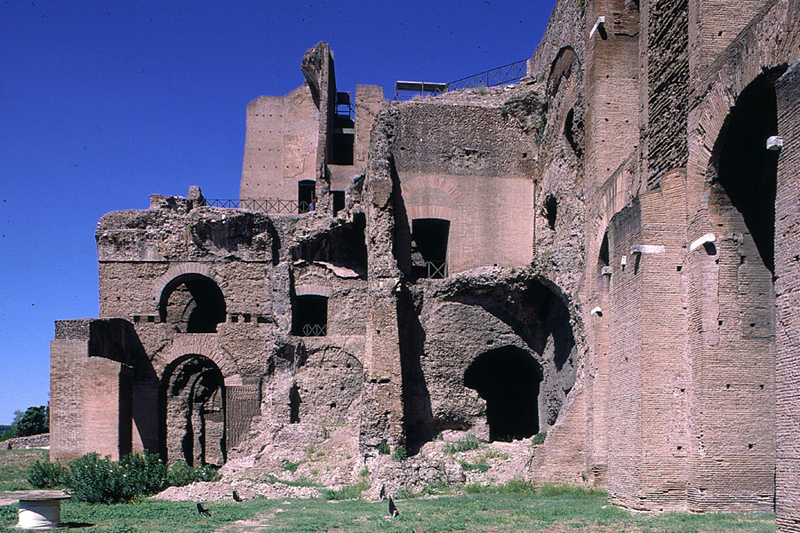
The Domus Severiana on the Palatine (Photo: DAI) 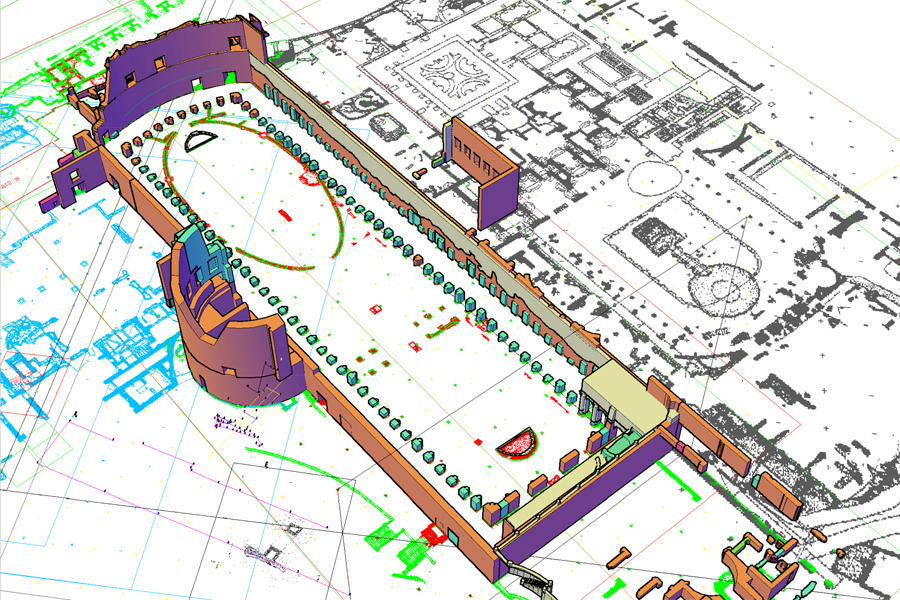
3D working model of the garden stadium on the Palatine (Model: DAI) 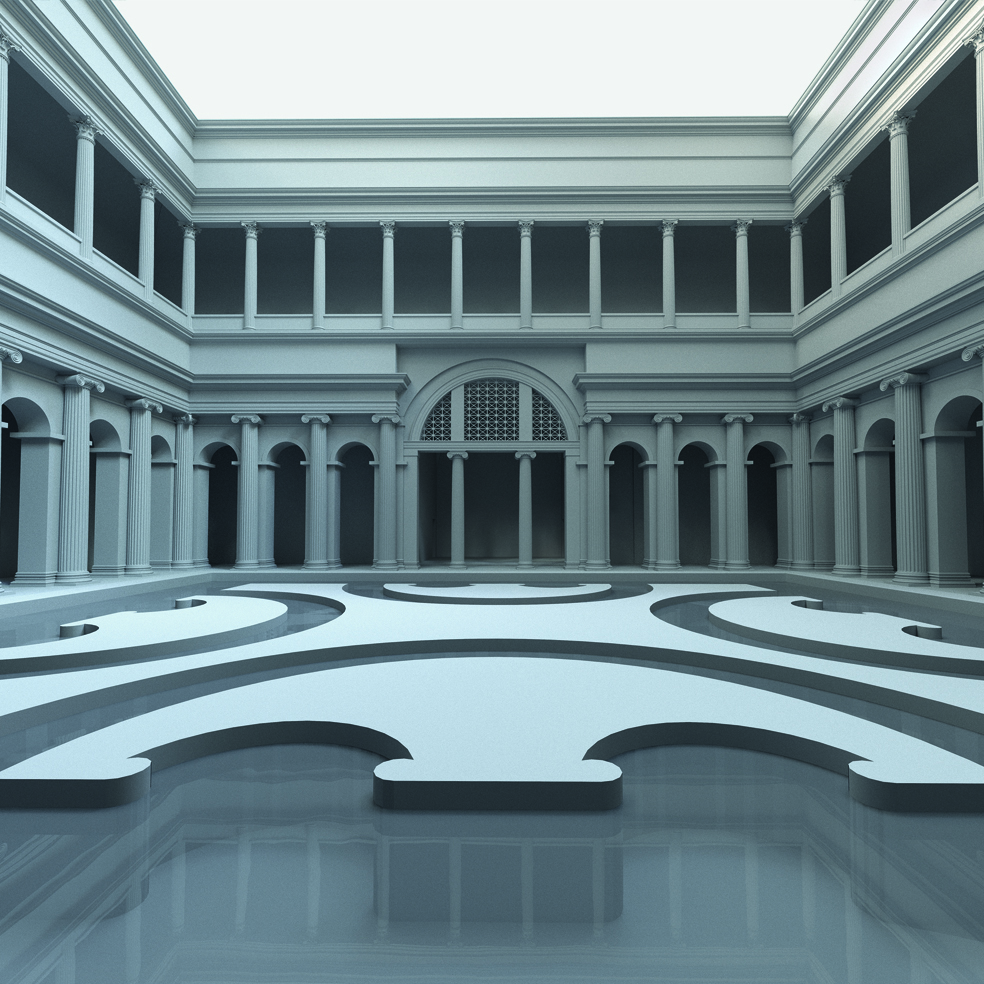
Virtual reconstruction model of a wing of the imperial palaces on the Palatine (Model: Armin Müller, Jens Pflug, DAI)